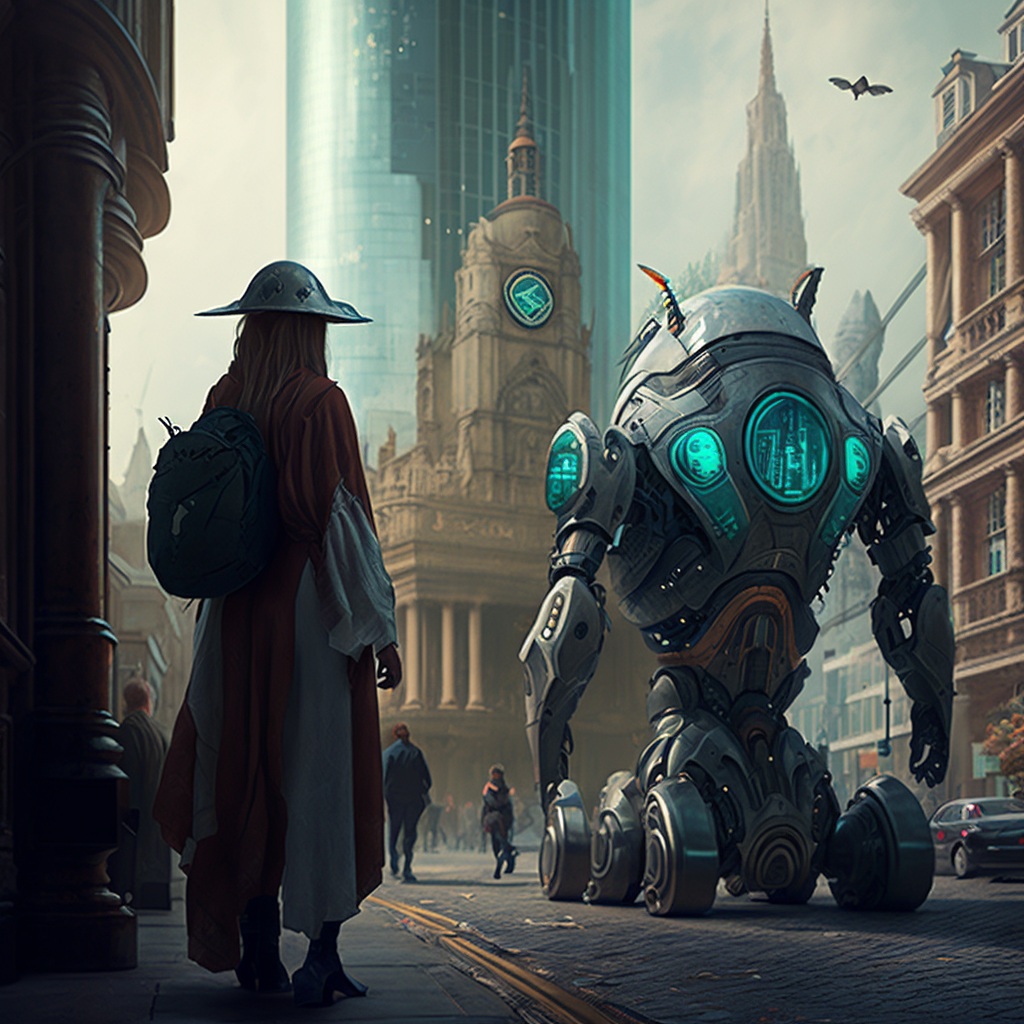We have decided to ask ChatGPT, what is ChatGPT. Here is what the OpenAI came up with, we have not edited it.
OpenAI’s Generative Pretrained Transformer 3 (GPT-3) is a state-of-the-art language model developed by OpenAI, a leading research organization in the field of Artificial Intelligence. It has generated a lot of interest and excitement in the AI community due to its impressive performance on various NLP tasks, including text generation, language translation, and question-answering.

GPT-3 is based on transformer architecture, which has revolutionized the field of NLP in recent years. Unlike earlier language models that used recurrent neural networks (RNNs), the transformer architecture allows for parallel processing of input sequences, making it more computationally efficient and better suited for NLP tasks. GPT-3 takes this one step further by using a deep neural network with over 175 billion parameters, making it the largest language model to date.

The vast size of GPT-3’s network, combined with its massive training corpus, allows it to perform remarkable feats of language generation. For example, it can generate human-like text in various styles and domains, such as news articles, fiction, poetry, and scientific papers. This has implications for various applications, from content creation to customer service and beyond.
One of the most notable aspects of GPT-3 is its ability to perform a wide range of NLP tasks without fine-tuning. This means that the model can be used out-of-the-box for a variety of applications without the need for additional training or adaptation. This is a significant departure from earlier language models, which required fine-tuning specific tasks in order to achieve good performance.

GPT-3’s ability to perform well without fine-tuning is due to its massive training corpus, consisting of diverse texts, including web pages, books, and other sources. This has allowed the model to learn a wide range of linguistic patterns and relationships, making it well-suited to various NLP tasks.
Despite its impressive performance, GPT-3 is not perfect, and its capabilities have some limitations. For example, while it can generate human-like text, it is not always capable of understanding its meaning. This means that it can sometimes generate text that is inappropriate or nonsensical. Additionally, GPT-3’s vast size makes it computationally expensive to run, and requires a significant amount of computing power.

Despite these limitations, GPT-3 represents a major step forward in the field of NLP and has the potential to significantly impact a range of industries. For example, it could be used in customer service to automate responses to customer queries or in content creation to generate articles, stories, and other written content. It could also be used in scientific fields, such as natural language understanding and translation, to make advancements in these areas.
In conclusion, OpenAI’s GPT-3 is a remarkable achievement in the field of NLP, and has the potential to impact a range of industries significantly. Its ability to perform well on a wide range of NLP tasks without fine-tuning, combined with its massive training corpus, make it a powerful tool for various applications. However, its capabilities also have limitations, and further research is needed to address these limitations and continue pushing the boundaries of NLP. Regardless, GPT-3 is an exciting step forward in the field of NLP, and it will be interesting to see how it is used.


